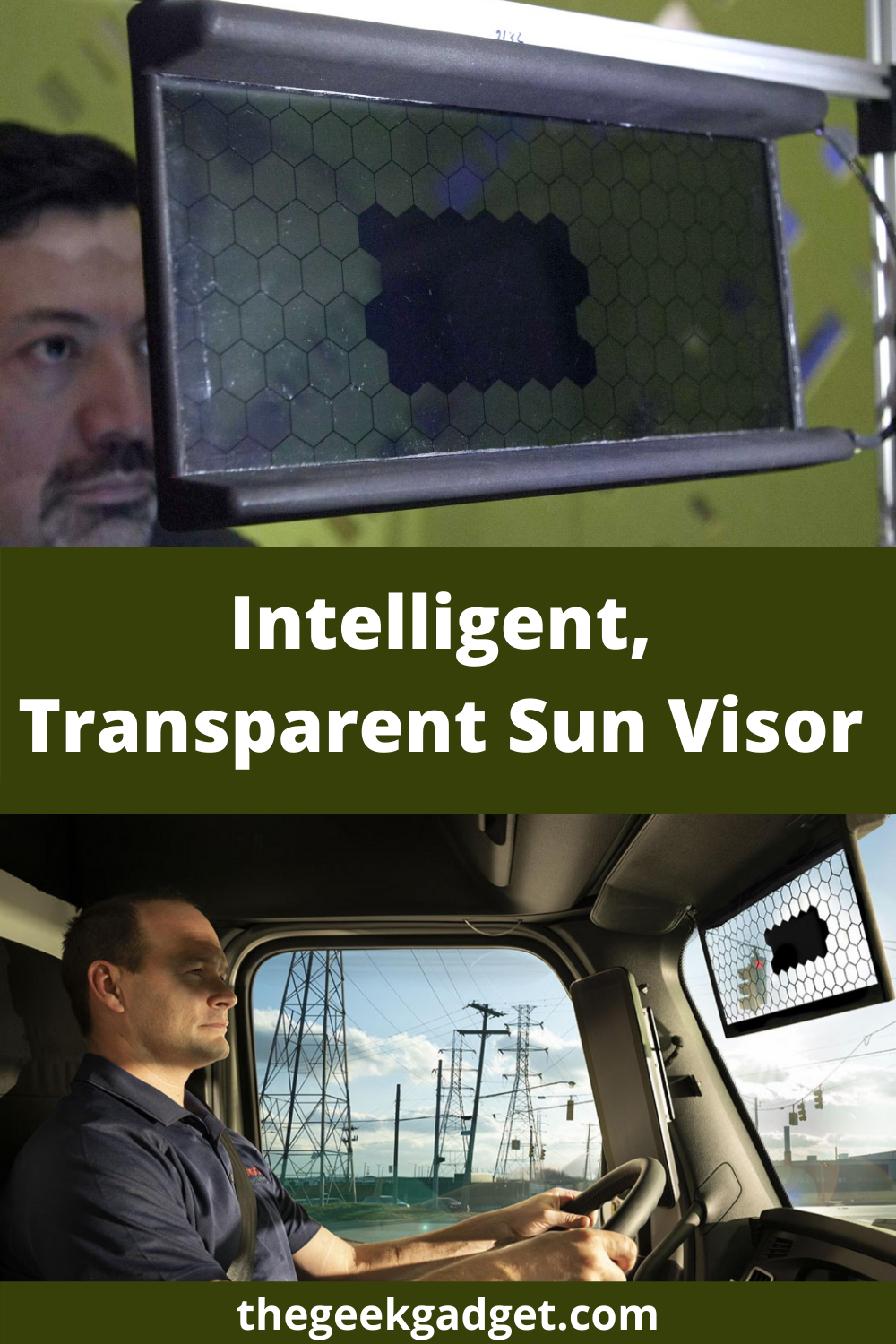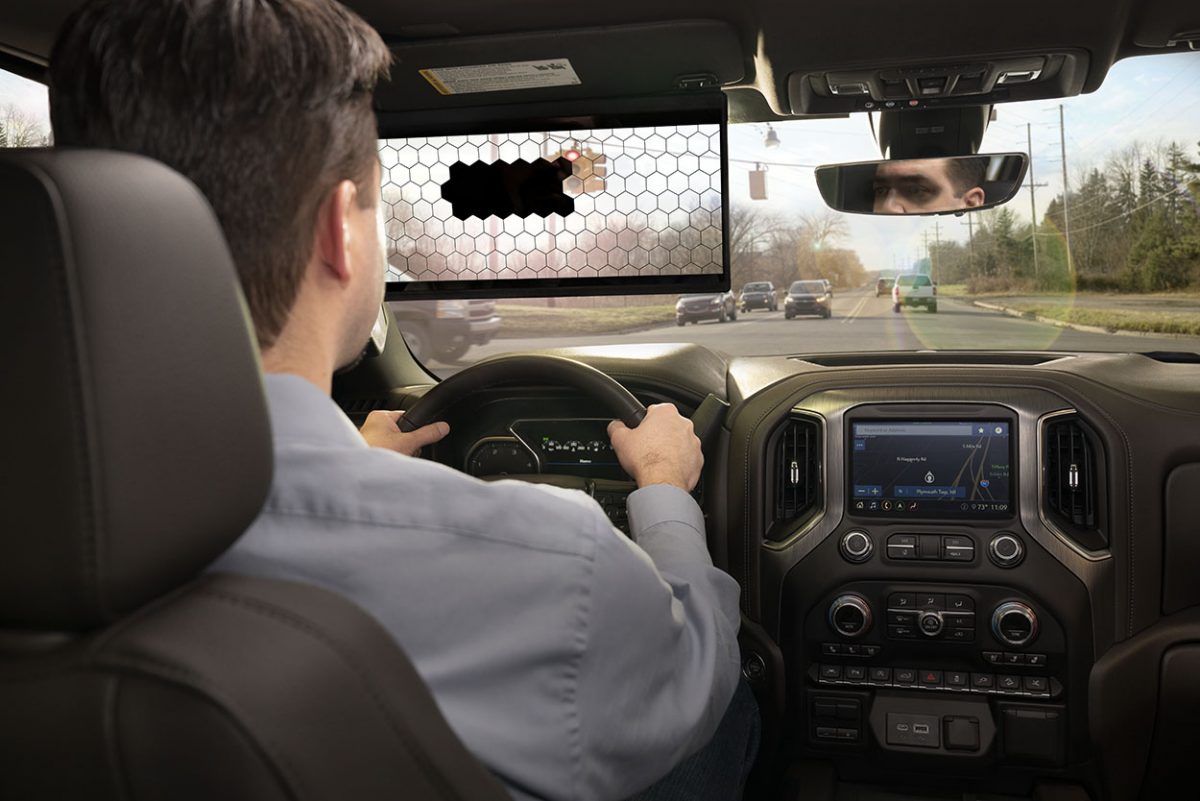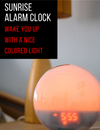
The Virtual Visor, unveiled ahead of its debut at the Consumer Electronics Show (CES) in Las Vegas, blocks sunlight while giving the driver a nearly unobstructed view of the road ahead.
Named Best of Innovation in CES 2020’s Innovation Awards, the Virtual Visor is about the same size and shape as a standard sun visor, but it’s a transparent LCD panel that incorporates lines of honeycomb-shaped inserts.

The beauty of this system is that it's surprisingly simple, requires little power, and it's being developed with an eye toward leveraging much of the hardware already found in modern cars. For instance, as more and more vehicles are featuring higher degrees of driving automation, driver-facing cameras (driver monitors) are poised to become commonplace, and Bosch is confident such hardware can be used as part of the Virtual Visor system, too. Such multipurposing will not only curb complexity, it'll help cut cost and limit vehicle weight gain. As Jason Zink, one of the the Virtual Visor's engineers says, "This system is expanding the value ecosystem of driver monitoring. If you have the camera in the vehicle already, there's already computational power in the car. Adding this as a function is basically adding the visor and the software."

Artificial intelligence technology analyses footage sent from a driver-facing camera to recognise facial features, and monitors precisely how sunlight hits the driver’s face. It knows where your eyes are, and it knows where the sun is coming from, so it automatically tints individual hexagons to block it. This process happens in real time; the Virtual Visor adjusts itself to changing light conditions.
Blocking the sun creates a shadow that’s not unlike sunglasses on the driver’s face. The rest of the visor stays fully transparent, so motorists can essentially see around the sun. Reducing glare makes commuting safer, Bosch claims, and the Virtual Visor is particularly effective at dawn and at dusk.






